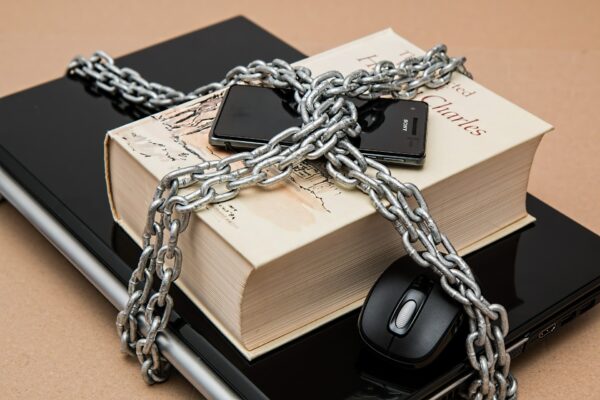Currently, almost all of our life depends on smartphones. They control purchases, paying bills, communication, searching for something, have the possibility of text to speech, and much more. This is very appropriate because everything is always at hand. But if your smartphone is stolen or lost, a third party may have access to your entire life.
Moreover, with the incredible feature of ai text to speech functionality, our smartphones allow us to conveniently listen to written content, making information accessible on the go.
Although the smartphone is always in front of our eyes, this does not mean that it is not vulnerable to viruses or hacking. In any case, it is best to take reasonable and simple security measures to avoid potential problems.
- Use a multi-step screen lock
Code is the protection that a smartphone needs today, which a reasonable person cannot do. Even better, use a PIN and fingerprint scanner. Besides, fingerprint reading is the best protection (it is easy to crack other biometric data) and a complex password. It is challenging to enter a password every time, but the number of possible options reduces the probability of hacking. Smartphones now allow you to use six-digit passwords, which can be enabled in the device’s security settings.
- Password protection of applications
You can (and should) set a password on your smartphone, especially if you have applications that require superior protection, such as a mail or banking application, with access to your bank card data. A modern smartphone provides its users with a unique opportunity to protect a separate application with a password so that no one could open your banking application and access your results in games.
- Log out of the application accounts
When you regularly log in to apps, this is very convenient. Your smartphone is much faster, and you will always have access to new messages. However, if something suddenly happens to your smartphone, the same entry can be obtained from outsiders. Therefore, if you are concerned about your security and the privacy of your data, it is best to sign out your account as soon as the work is completed.
- Do not be lazy to create a variety of complex passwords
When the Internet began to develop, we often heard that the password should be tricky, not related to your name or date of birth. Passwords should not be repeated. If one of the accounts were hacked, the others would not be affected. If possible, choose passwords that contain letters, numbers, and symbols for apps and accounts. There are unique apps for storing all passwords on a smartphone, and iPhone users can use a keychain. At the same time, it is crucial to make sure that the master password is complex.
- Use an anti-virus program
Smartphones are more susceptible to viruses than computers. However, this does not mean that there are no viruses. On the contrary, last year, many users were affected by dangerous programs that can be found on smartphones. A high-quality anti-virus application, like the program, scans your smartphone for hazardous viruses.
- Always download the latest firmware updates
This is even more relevant for iPhone users because Apple regularly releases security updates for the devices. To always protect yourself from potential viruses, try downloading them as updates become available. This is very simple since the device usually reports an update.
- Don’t hack the OS and don’t use unofficial apps
Jailbreaking is, of course, a convenient way to learn about the additional features of a smartphone. But in addition to the initial functions, it weakens the internal protection of the axis. As for apps, developers are tested in the Appstore and Google Play for a specific reason, which allows us to distinguish dangerous apps from trusted ones. So if you don’t want to put your smartphone at additional risk, beware of third-party developer apps.
- Avoid using public networks
Another way to remotely access your smartphone is via Wi-Fi. A public network is convenient, of course, and you don’t need to spend mobile Internet traffic. However, everyone can access it, so it’s best to avoid such networks. If the system is located at home or work, be sure to set a complex password or number, such as WPA2 (which is usually provided during the initial network setup).
- Encrypt your correspondence
We don’t mean spy codes or communication in a specially invented language. But if you are serious about your security, your correspondence may be encrypted. Most communication applications offer encryption as a default option. But when it comes to email, there aren’t many options. Therefore, carefully study the features and choose the right app. Encryption makes it difficult to access correspondence. However, this does not help if the smartphone is in the hands of a physical stranger. If you are concerned about the security of your mail, delete the messages as soon as they are read. By the way, some apps do this for you.
- Make sure you can control your smartphone remotely
iOS and Android allow users to control their smartphone remotely. On Android, you can do this using the website or the Android Device Manager app. After that, go to your Google account, and you will be able to monitor your smartphone, make calls, block, or delete all data. It is best to study the functions in advance to be prepared for a crisis.
On an iPhone, the process is almost the same: you can use the Find My iPhone app via iCloud. Of course, you must first set up iCloud on your smartphone and computer. Sign in with your Apple ID.
All these tips will help you reduce the risk that third parties will access your data.
However, always be careful, do not leave your smartphone unattended, do not tell anyone your passwords, and take immediate action in case of loss.

